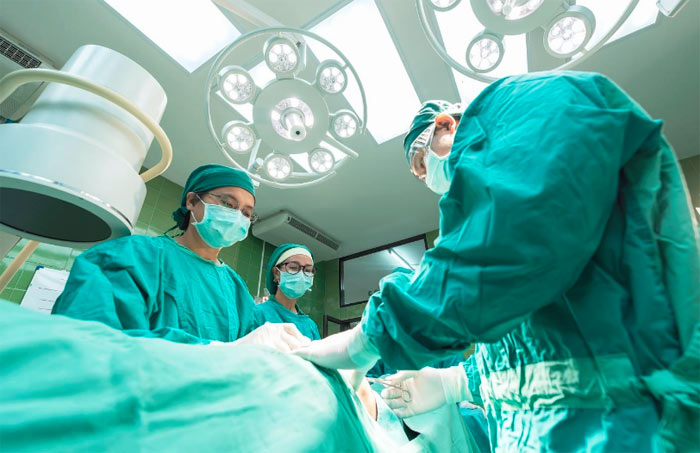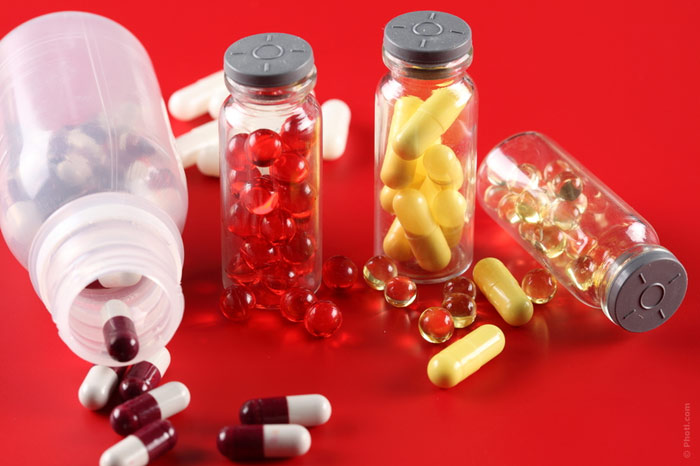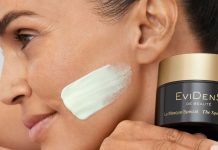Breast augmentation is a life-changing procedure but it’s a process that requires patience and realistic expectations.

Pain and discomfort are an inevitable part of the breast augmentation recovery process. You can expect to feel tired and sore for several days after your surgery. You may even experience a burning sensation in your nipples for up to two weeks but this will subside along with any bruising.
Most patients will experience sharp, shooting pains in both breasts after their augmentation procedure, most of which can be controlled using prescription pain medication. While recovery is different for everyone, the majority of patients are able to return to work within a few days and won’t need as pain medication as before.
The best way to ensure a smoother recovery is to be prepared, so it helps to understand the reasons for pain after surgery and how you can better manage it.
What Causes Pain after Breast Augmentation Surgery?
According to cosmetic surgery clinic Dr Sharp, there are a number of factors that will determine how much pain you experience after your procedure, including:
- Implant size. Unfortunately, the larger your implants, the more pain you’ll experience after your augmentation procedure.
- Implant position. If your breast implants are placed underneath the chest muscles, it’s likely that you’ll experience slightly more pain after surgery. This is mainly because the muscle tissue experiences a trauma. When trauma and bleeding are minimized, you will automatically experience less post-operative pain.
- Pregnancy history. Many surgeons report that patients who have gone through pregnancy and childbirth in the past don’t experience as much pain as those who didn’t. Research also shows that mothers tend to recover much faster than women who haven’t had children.
Relieving Breast Augmentation Pain
While prescription pain medication will be essential for pain management, some patients require something extra in order to feel more comfortable during their recovery. Here are a few additional options you can consider to relieve pain after breast augmentation surgery:
- Support your breasts. Wearing the required compression garment (surgical bra) after your surgery will help keep pain to a minimum. Even an elastic bandage can be used but ask your surgeon how to use one before you wrap your breasts.
- Ask your surgeon about a pain pump. A pain pump is designed to automatically deliver numbing medication to the surgical site for several days after your procedure, which is when you’ll need it the most. Over the counter pain medication can be used in conjunction with the pain pump. Taking prescription pain medication in conjunction with the pain pump is not recommended as it can lead to side effects.
- Consider using Botox. A number of breast augmentation surgeons are starting to offer Botox as a pain management solution. Studies show that patients with implants underneath the chest wall experienced less pain when they received Botox injections during or after their augmentation procedure. However, this is not standard practice everywhere, so you will need to discuss the option with your surgeon first.
- Light exercises can help. You may not feel like moving when you’re in pain but it can help. Light exercises like arm circles, gentle chest stretches and shoulder rolls can help stretch out the chest muscles, which may help alleviate some of the pain. Engaging in these exercises every hour or two after your surgery can prevent the chest muscle from shortening, which will only lead to further discomfort. Make sure that your surgeon shows you exactly how to perform these exercises before you go ahead with them.

If at any point during your recovery you feel that your pain levels are not normal, it’s best to schedule a follow-up visit with your surgeon sooner rather than later.












